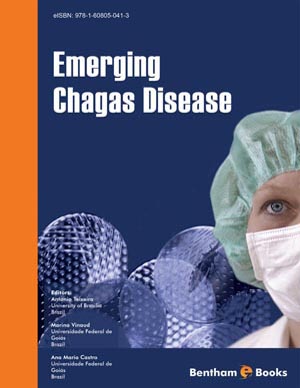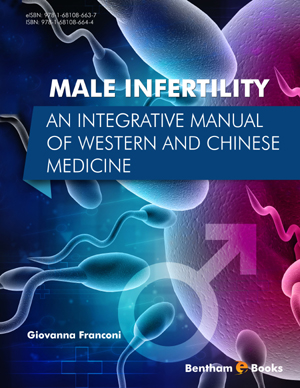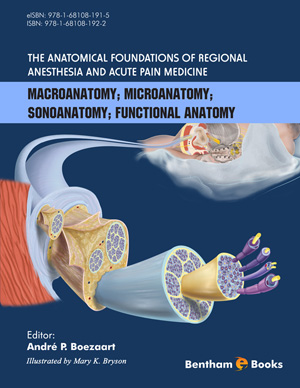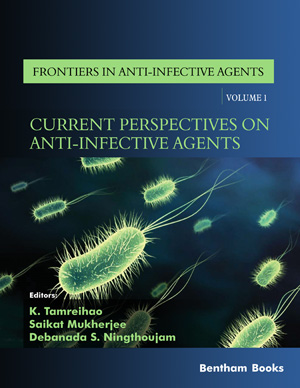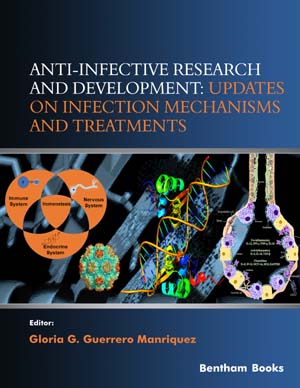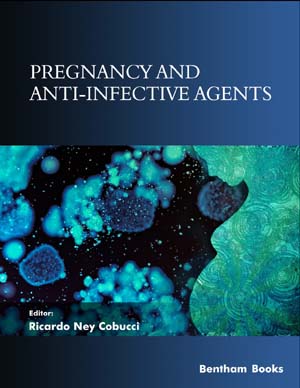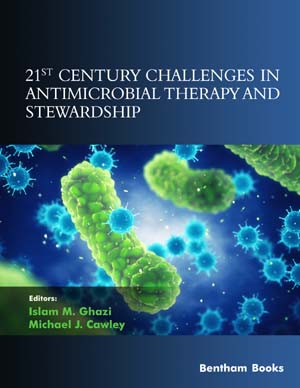Abstract
Research has advanced towards the identification of potential drug targets in Trypanosoma cruzi as well as the development of new effective drugs for the chemotherapy of Chagas disease. The first crucial step in this protozoan life cycle within the vertebrate host is the process of entry into a mammalian cell. Enzymes actively participating in this process are naturally good drug-target candidates. Right after cell invasion, trypomastigote forms of T. cruzi must differentiate into amastigotes so as to proceed in their life cycle. The inhibition of key enzymes from the sugar metabolism, the lipids synthesis, the digestion of host-internalized proteins and also from the purines salvage pathway could hinder parasite growth, thus placing these enzymes as potential drug targets. When the cell is populated, amastigotes must differentiate into trypomastigotes, which will then leave the cell to infect others and hence restart the cycle. Once well adapted to the intracellular environment, T. cruzi can use several different pathways for infection and differentiation. Therefore, the best strategy to develop drugs for Chagas disease therapy is the plural conception of drugs, that is, to consider as targets several enzymes involved in different physiological processes. So, a drug cocktail would be efficient to treat T.cruzi infections. Another important step in drug development is the determination of the target’s tridimensional structure. The knowledge of its architecture facilitates the rational design of molecules from the enzyme active site. These strategies are believed to provide drugs not only efficient but also with low side effects for the treatment of Chagas’ disease.


